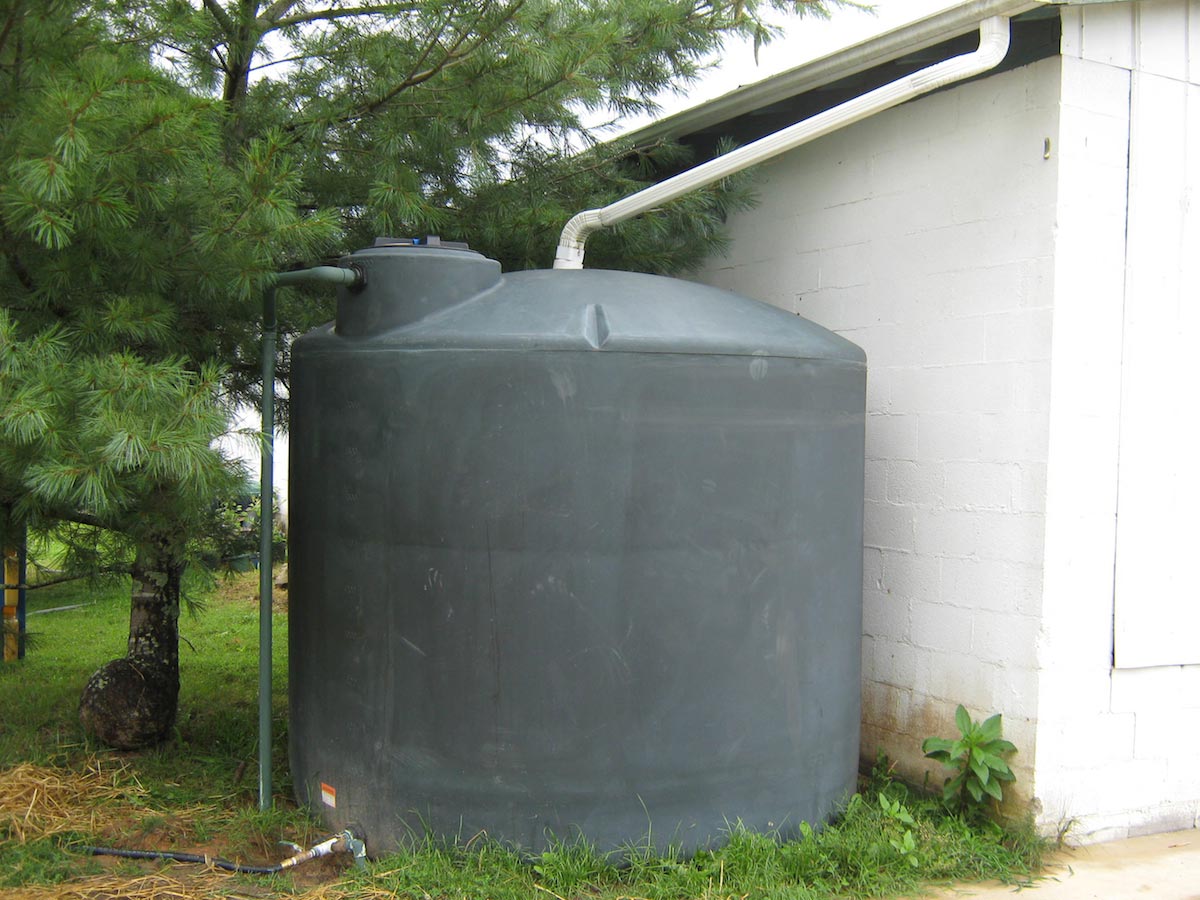
No homestead is truly off-grid and self-reliant if it doesn't have a way to collect and store rainwater for later use. An article in The Prepping Guide shared four effective ways to harvest rainwater.
The first and simplest technique is to place a rain barrel beneath a downspout. Make sure the barrel is resting on a flat surface that is higher than the ground to create water pressure for your hose. To prevent overflow, add more barrels.
Remember that rainwater from downspouts will mix with the dirt that covers the roof. It must be filtered and boiled before it can be drunk. It helps if you clean the gutters of your roof.
The next harvesting method is a dedicated catchment structure. Build an open-air structure with a sloped roof made of PVC panels. Add a gutter to the lower end of the roof, then attach downspouts and tubes that lead to a large water container. (Related: A Venezuelan prepper reveals how he made his own self-sufficient water supply.)
Harvest rainwater with these tested techniques
The third technique, large surface collection, was used by none other than Thomas Jefferson himself. The Founding Father built beautiful promenades on both wings of his Monticello manor.
In addition to serving as paved walkways for the Jeffersons and their guests, the promenades also featured collection troughs on either side. These troughs would carry rainwater to water storage containers hidden underground.
If your homestead has a structure similar to a promenade, with a large surface area that can collect rainwater, think about adding troughs to it.
The fourth method, earthworks, also require the most effort. You can reshape the very land to channel rainwater so that it goes to where it is needed.
Earthworks are an ancient and effective way to water your backyard garden. Dig out stretches of ground and then plant food crops and trees on either side of these "swales."
Stored rainwater has many uses. One of the most obvious applications is irrigation. You can use the water to irrigate food crops during dry spells.
A solar panel and battery can provide power to a transfer pump. The pump can move rainwater from your storage container to hoses and sprinklers in your garden, farm, or greenhouse.
Harvested rainwater can also be used to dampen compost heaps, provide healthy drinking water for your animals, wash dirty clothes and dishes, irrigate shrubbery and trees, or provide running water for baths and toilets.
Rainwater harvesting is not illegal. Many local governments approve of the practice and even offer rebates on related equipment. However, the practice is regulated by law, so look up the local regulations.
Pick the right filtration and purification system for your rainwater supply
Using harvested rainwater as potable water requires it to be filtered and purified. Test the collected water for microbes, minerals, particulates, pathogens, and toxins. The results will be very important.
Put the rainwater through all the necessary stages. Tight screening filtration removes large particles before the water is stored. This filtered water should then be purified through non-chlorinated means. After purification, the water must go through another filter that removes sediments and toxic chemicals like chlorine.
There are many different types of filtration and/or purification systems. Some use ultraviolet light to kill microbes and destroy contaminants. Others filter the water using special membranes. Yet another means is distillation, where the water is boiled and the resulting condensation is collected.
Study all these types of water filtration/purification systems before picking one that matches your needs. Make sure you are aware of their drawbacks so that you can safely enjoy your harvested rainwater.
Find more useful guides to improve your homestead at Homesteading.news.
Sources include:
Please contact us for more information.















